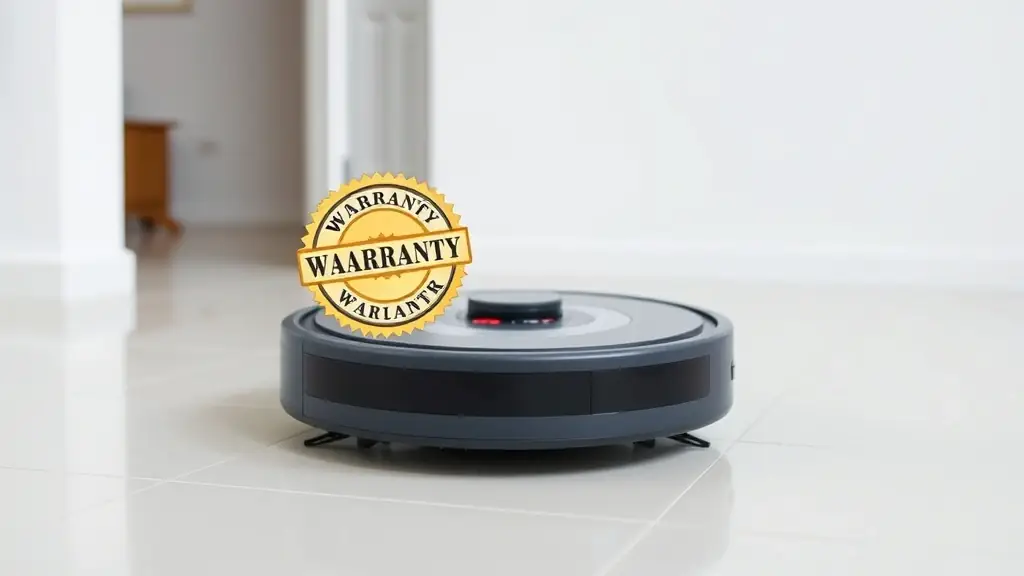From Tiles to Carpets: Choosing the Best Robotic Floor Cleaning Machine for Your Home
In today’s fast-paced world, automation has revolutionized household chores, and cleaning is no exception. Gone

A smart cleaning robot is one of the most valuable additions to any modern home, bringing automation, convenience, and intelligence to your daily cleaning routine. But like all sophisticated machines, it needs regular maintenance to keep it performing at its best.
Proper upkeep not only ensures consistently high cleaning performance but also significantly extends the lifespan of the device, maximizing the return on your investment.
Here’s a comprehensive, step-by-step guide to help you maintain your robotic vacuum cleaner and keep it functioning like new for years to come.
Why it matters:
Sensors are the robot’s eyes. Anti-collision and anti-drop sensors help the robot navigate around furniture, walls, and stairs. Dust accumulation can interfere with their accuracy, leading to inefficient navigation or safety risks.
Why it matters:
Side brushes sweep dirt and debris into the vacuum’s path, especially from corners and baseboards. The front wheel supports mobility and direction control of the robotic cleaner
Maintenance Tips:
Why it matters:
This is the powerhouse of you—it agitates dust, lifts debris, and ensures deeper cleaning, especially on carpets.
Maintenance Tips:
Why it matters:
The dustbin collects all debris, and the filters trap fine dust, allergens, and bacteria—crucial for maintaining indoor air quality.
Maintenance Tips:
Why it matters:
In hybrid models with mopping functions, the water tank distributes water via smart technology to ensure effective floor cleaning.
Maintenance Tips:
Why it matters:
Battery life affects both runtime and long-term performance. Most robotic vacuums use rechargeable lithium-ion batteries.
Maintenance Tips:
Why it matters:
Many robotic vacuums are connected to mobile apps or smart assistants, and regular firmware updates improve performance, mapping, and security.
Maintenance Tips:
Why it matters:
The vacuum’s wheels collect debris, especially hair, which can hinder movement or trigger error codes.
Maintenance Tips:
Why it matters:
Environmental factors significantly influence electronic performance.
Maintenance Tips:
| Component | Action | Frequency |
| Sensors & Charge Pins | Wipe with dry cloth | Weekly |
| Side Brushes | Clean & inspect | 1–2 times/week |
| Roller Brush | Clean debris | Every 2–3 uses |
| Dustbin | Empty & clean | After every use |
| HEPA Filter | Tap out dust / Replace | Weekly / Monthly |
| Mop Cloth | Wash and dry | Every use or 2 uses |
| Battery Check | Observe runtime / recharge | Monthly |
| App & Software | Update firmware | As notified |
Your smart cleaning robot is a highly efficient piece of technology designed to make your life easier. But like any advanced gadget, it thrives on regular care and attention. By following these simple yet essential maintenance practices, you’ll:
In short, a well-maintained robotic vacuum is a long-term partner in your journey toward a cleaner, healthier home.
In today’s fast-paced world, automation has revolutionized household chores, and cleaning is no exception. Gone
In recent years, Indian households have rapidly embraced modern solutions for everyday chores — and
India is embracing a new wave of home innovation, and at its heart lies a